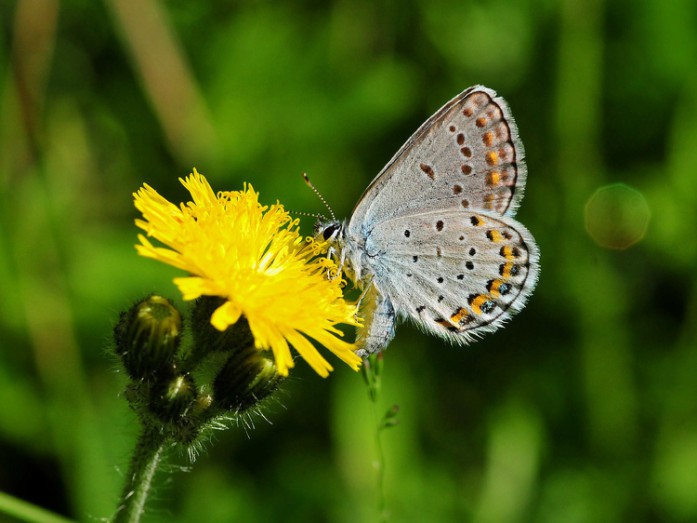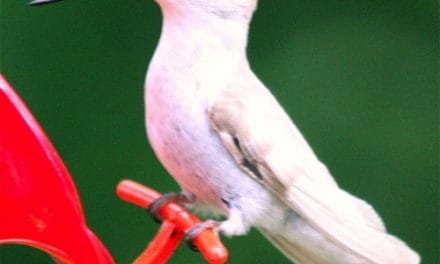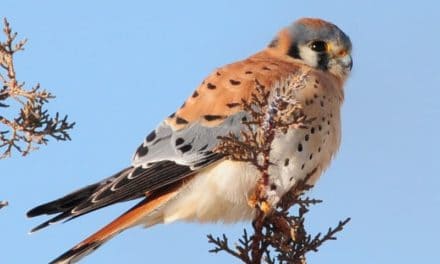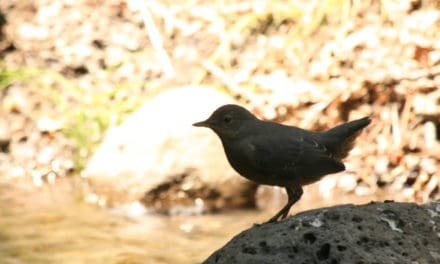[media-credit name=”Joel Trick fws.gov” align=”alignleft” width=”300″]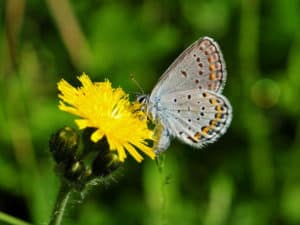 [/media-credit] Misc Tips:
[/media-credit] Misc Tips:
Look for a catchlight in the eye.
Focus on the eyes.
Know your equipment. If you need to use one of the fancy features on your camera, but have to consult the manual to figure it out, you’ve lost the shot.
Fill the frame – not necessarily with a tight head shot, but leave no dead space.
Pan with the subject to show movement. This is a creative, but difficult technique. You want to show a motion-blurred background, but a sharp subject. Make sure you are panning the same speed as the subject is moving by you or the subject will be blurred.
The best time to shoot animals is early morning or late evening. The light is low and a warm color. And the animals are active at this time.
It’s important to understand their habits, so I suggest watching them for several days before trying to shoot pictures. In depth, natural history photography requires a tremendous time commitment. The techniques are similar to a hunter trying to bag game. Scout the area, watch what time of day the animals appear, which end of the meadow thy use, their favorite feeding spot and watering hole, what trails they are most inclined to travel on, and where they sun themselves. Look for holes in the ground then identify the footprints around the holes to determine what kind of critters frequent the area. The better you get at anticipating the action, the more likely you’ll get those prize-winning shots.
While you’re waiting for lighting or other conditions to be right, sit quietly and let the animals get accustomed to your being there.
While we all like to get those close-up portraits, sometimes it is beneficial to look at wildlife as an element in a landscape. Think small. Show the animal in its surroundings.
- If the critter is a bird, make sure the beak is in profile so you can tell it’s a bird.
- If it’s zillions of critters, compose the shot without a visible end to the pattern, so the viewer will have to imagine how expansive the scene really is.
Watch the background. Eliminate signs of human intervention – signs, roads, fences – make it simple, not distracting.
Photograph critters from their eye level.
Show action when you can.
Put some humor into it.
Show cuteness (babies are always cute)
Wait for the moment when the critter is looking right at the camera.
Butterflies
- They are stimulated by bright colors, so wear brown or green so they won’t notice you.
- Wear a hat to prevent eyeglass reflection.
- Don’t wear jewelry.
- Avoid hanging lens caps that move and make noise.
- Keep low and don’t cast a shadow on the butterfly.
- Insect repellents also repel butterflies.
- Butterflies are active at the hottest time of day, and at rest when light conditions are lower. A good time to photograph them is a cool fall morning when the butterfly is basking in the sun trying to warm up.
Raptors usually return to the same nest.
Raptors are creatures of habit, they choose their perches based on time of day, angle of the sun and other things. If you see one perched, he’ll be there the same time tomorrow.
Keep notes and see what works.
As with most things in life, practice makes perfect, so get out there and shoot.

